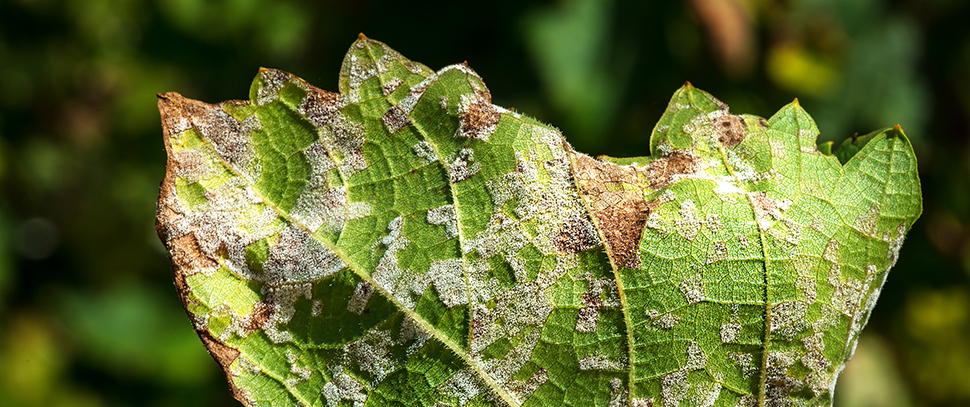Removing mildew
Are there any white dots on your plants? Then there is a good chance that your garden, or at least these plants with the white dots, have been affected by mildew. In this article we will let you know exactly what mildew is and how you can remove it.
What is mildew?
Mildew is a parasitic disease that often occurs in the vegetable garden and / or ornamental garden. Mildew takes place on a plant because it has no leaves, stems or roots to grow on its own. Mildew draws in plants, perhaps in your garden, and ensures that the leaves of these plants fall out. In the worst cases, the plant on which mildew has taken place can even die.
Difference between mould and mildew
Before we talk about the difference between mould and mildew, we want to let you know that there are also a lot of similarities. First of all mould and mildew grow with almost the same conditions. They both need organic materials to grow and love spaces with moist. The difference between mould and mildew is the appearance. Mildew is in most cases white or gray and a little fuzzy. Unlike mildew, mould is frequently seen in dark colours and extremely fuzzy or even slimy. Mould can be bad for your health after a period of time, especially if the mould is found indoors.

Preventing mould and mildew
To prevent mould and mildew from growing, you will have to keep certain areas in the house dry. Prevent the cellars or bathrooms from getting moist by making sure there is enough air in these areas. Kitchens and bathrooms, places where mould and mildew can be found very often, should be cleaned on a regular basis. What causes mildew on plants? Preventing mildew on plants can be done in three different ways:
- Make sure the plants in your garden are in the right place and that they get enough nutrients.
- When the weather outside is very dry, you will have to give the plants some extra water. This will prevent the plants from drying out.
- Do not plant the plants in your garden close to each other. Every kind of plant needs to have its own space so they will have enough air.
How to remove mildew
Mildew spreads when spores or seeds find a way into a fitting environment for their colonies to grow. If you want to remove mildew, you will have to remove everything including spores and seeds. If you find mildew on a plant in the garden, start with an organic treatment. This way the other plants in the garden will not get affected by the chemicals. Three ways to remove mildew from plants are:
- Milk. Mix one part milk and two parts of water and spray this over the affected plant(s). This is a method that has not been proven by science (yet), but it is always worth a try.
- Mouthwash. Mouthwash kills germs and could also be effective with removing mildew. You have to be careful, mouthwash is potent, so always add three parts of water with the mouthwash.
- Baking soda, liquid soap and water. Mix these three ingredients and you will have a powerful mixture to remove mildew. This mixture also works to prevent mildew!

In the garden centres nearby you can always buy a mould and mildew spray if the organic wyas to remove mildew are not quite working for you.
How to remove mildew from clothes?
White vinegar is one of the many ways to remove mildew from clothes. You can use white vinegar to remove mildew from clothes of almost every material. You can easily dilute the vinegar with water and apply it straight to the stain of mildew. After this you will have to wash the clothes at the highest temperature possible and then line dry.
Now you will be able to prevent mould and mildew, remove mildew from plants and remove mildew from clothing! Let us know if you have any more questions about mould or mildew.
